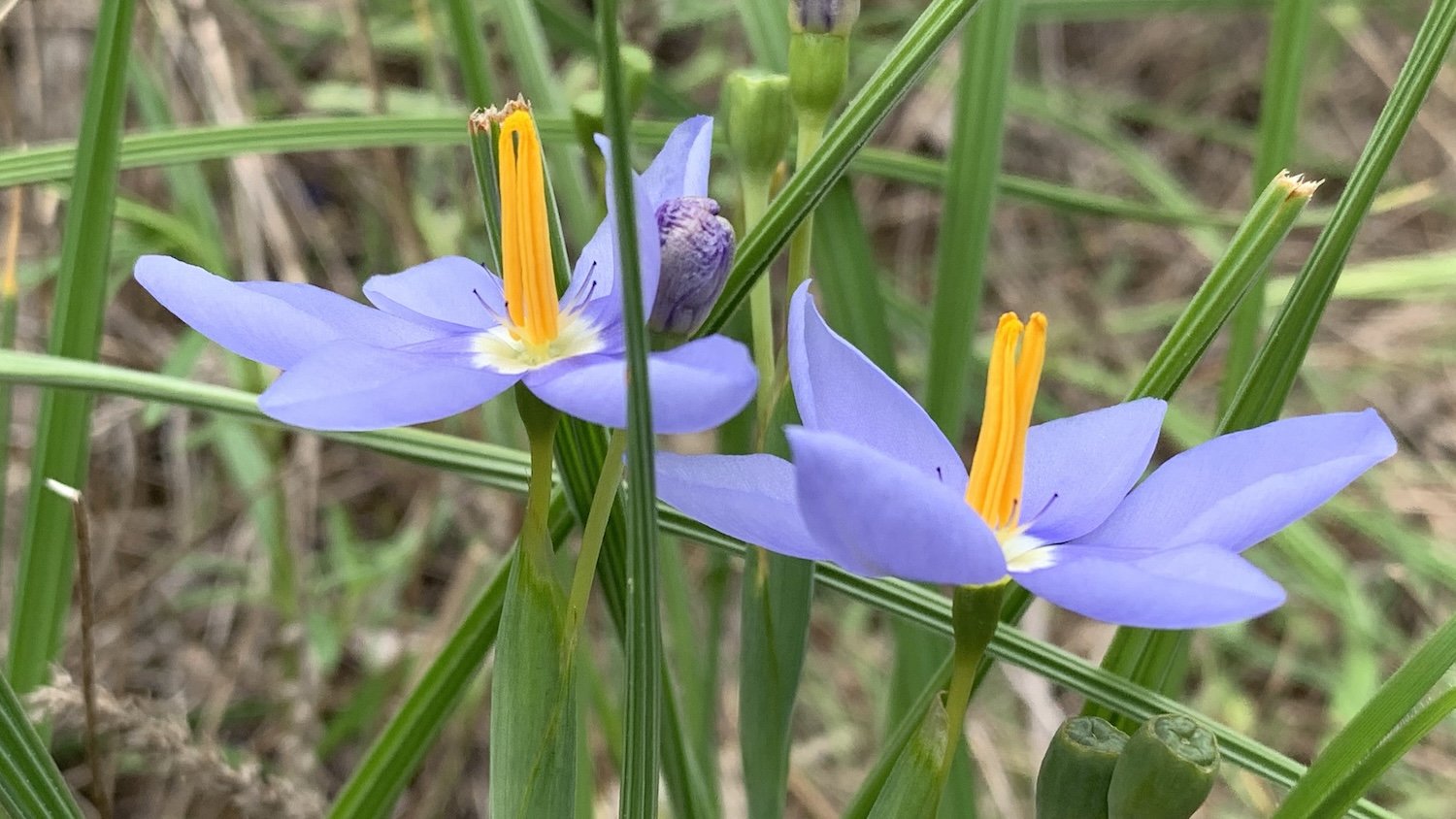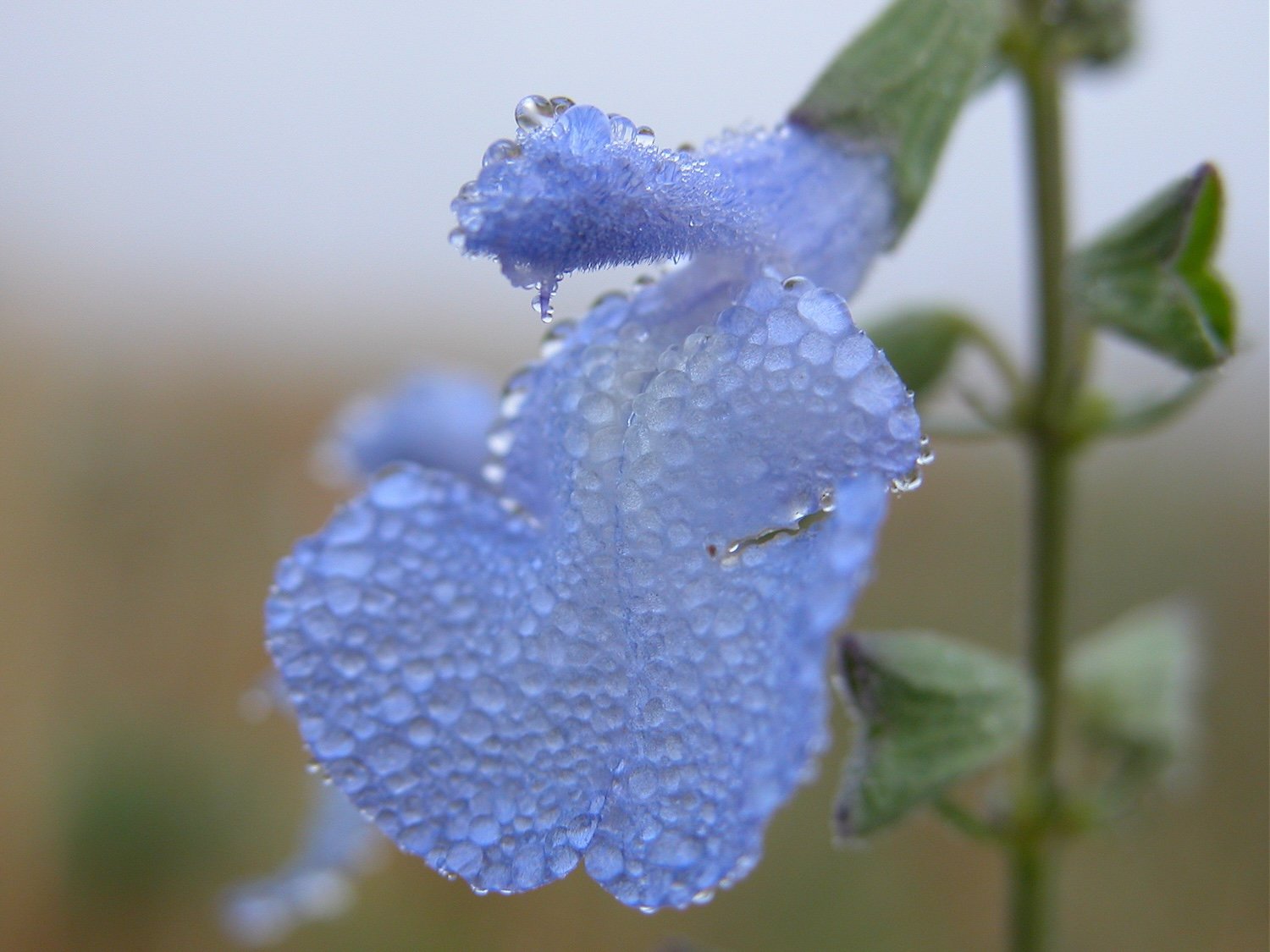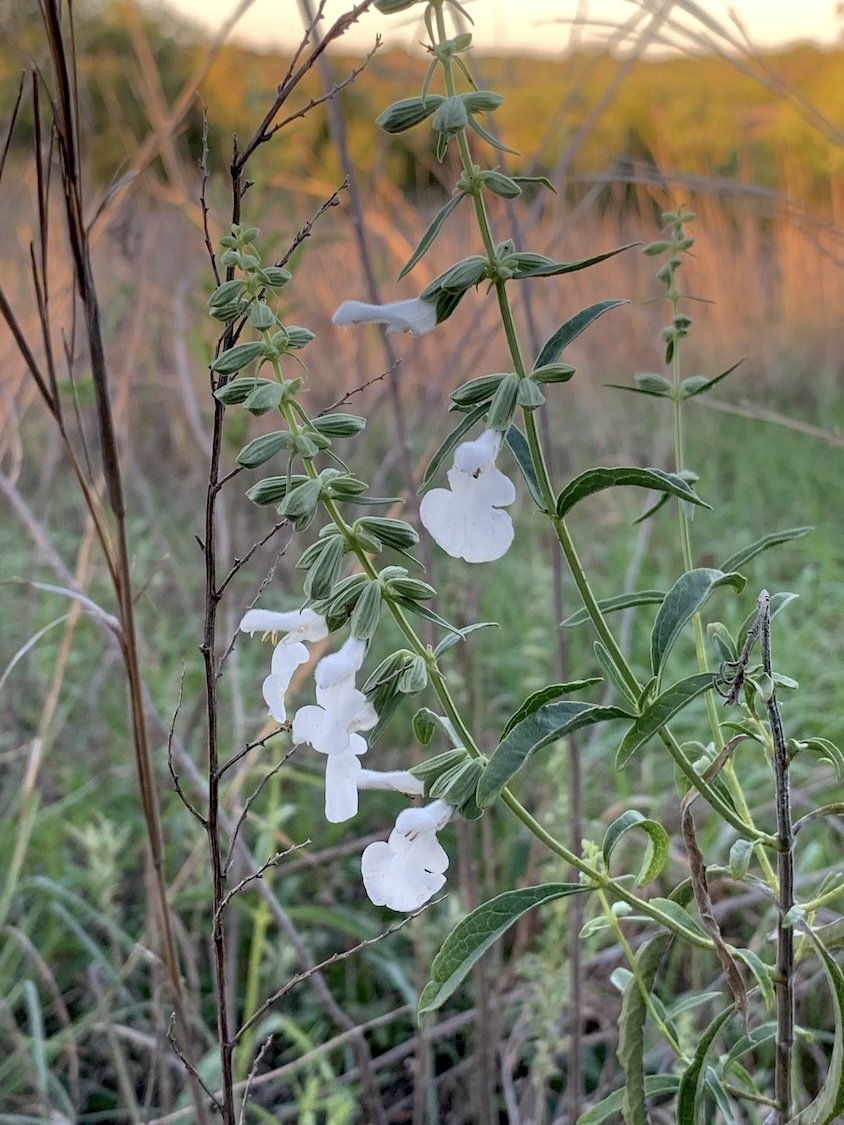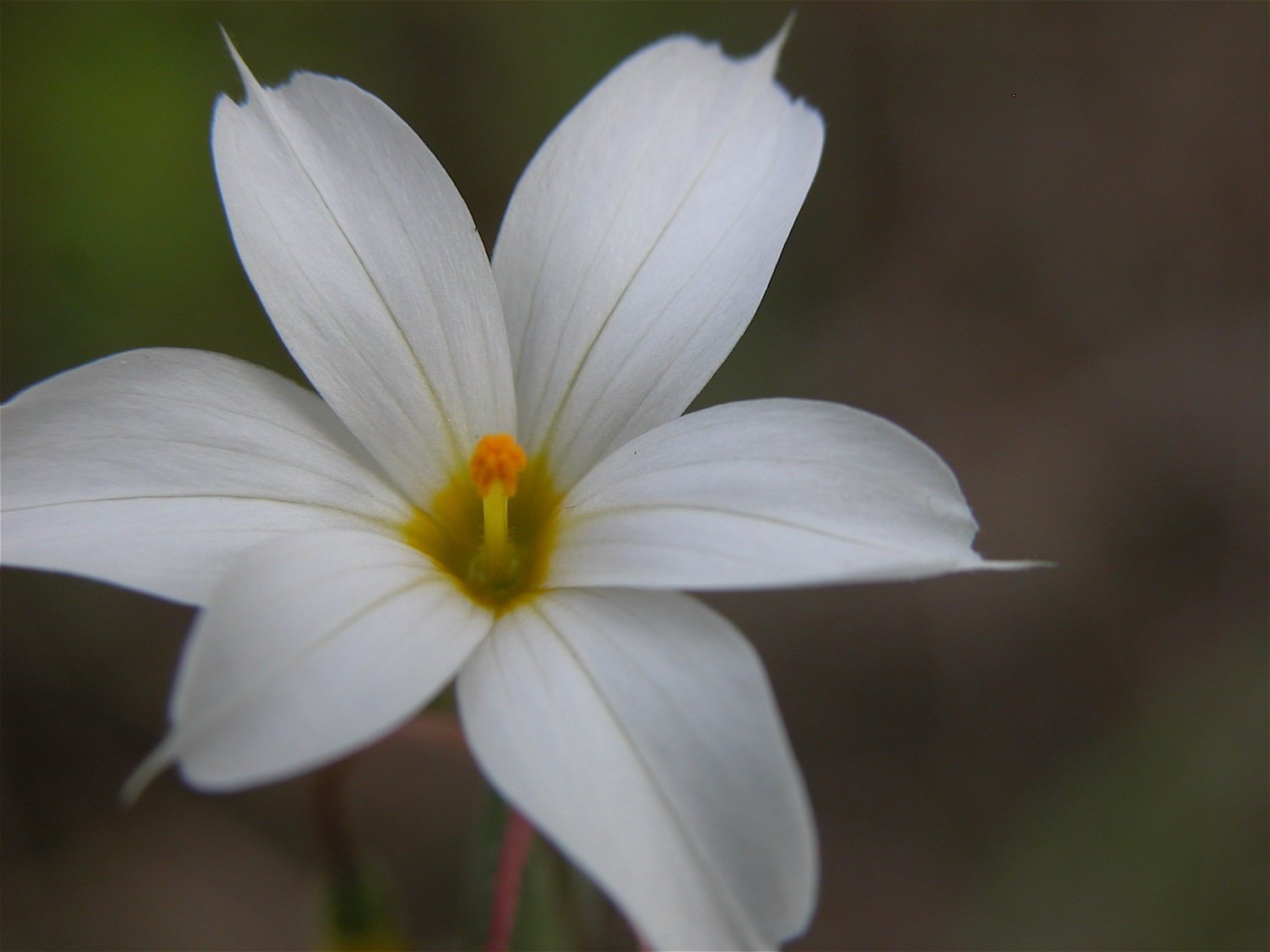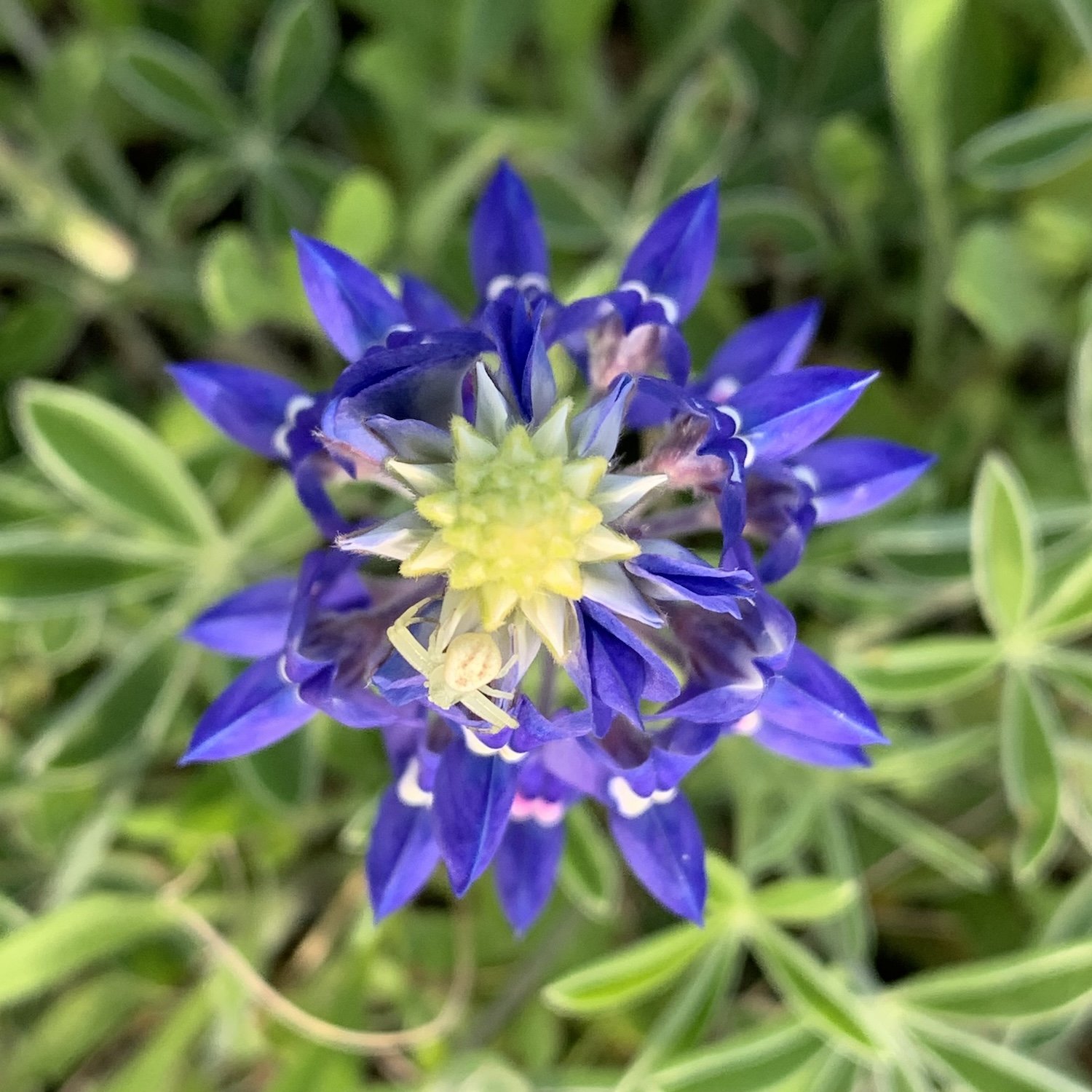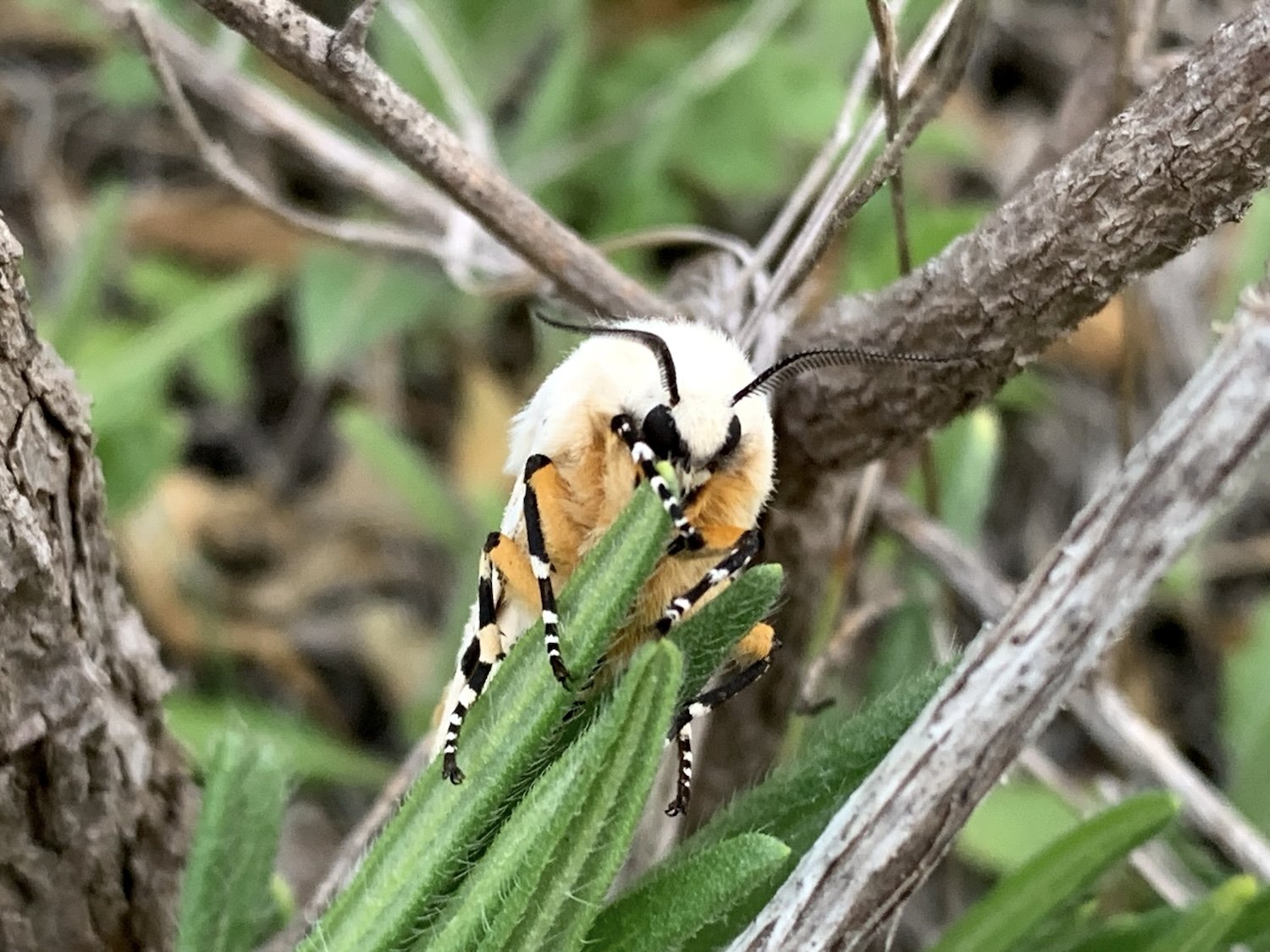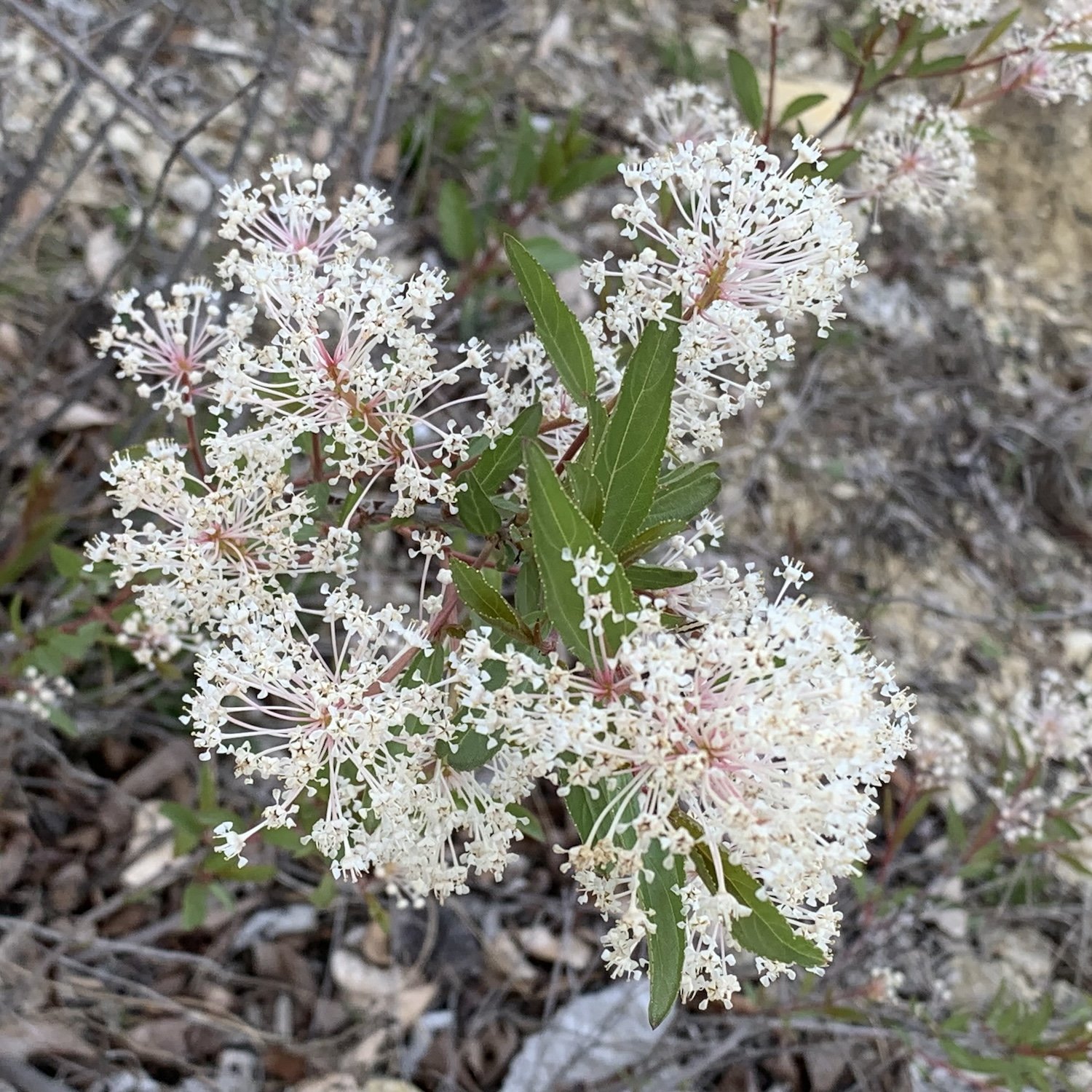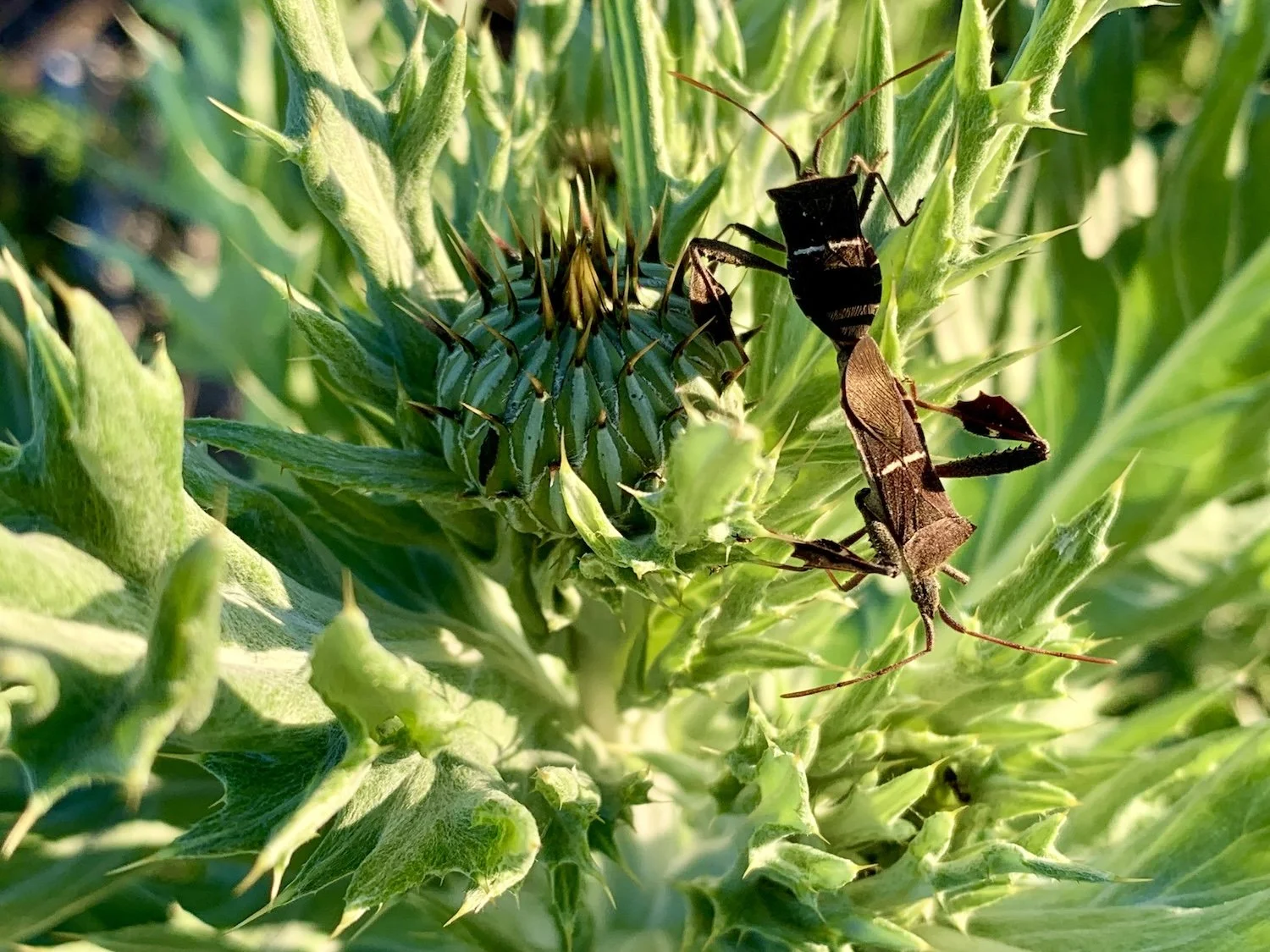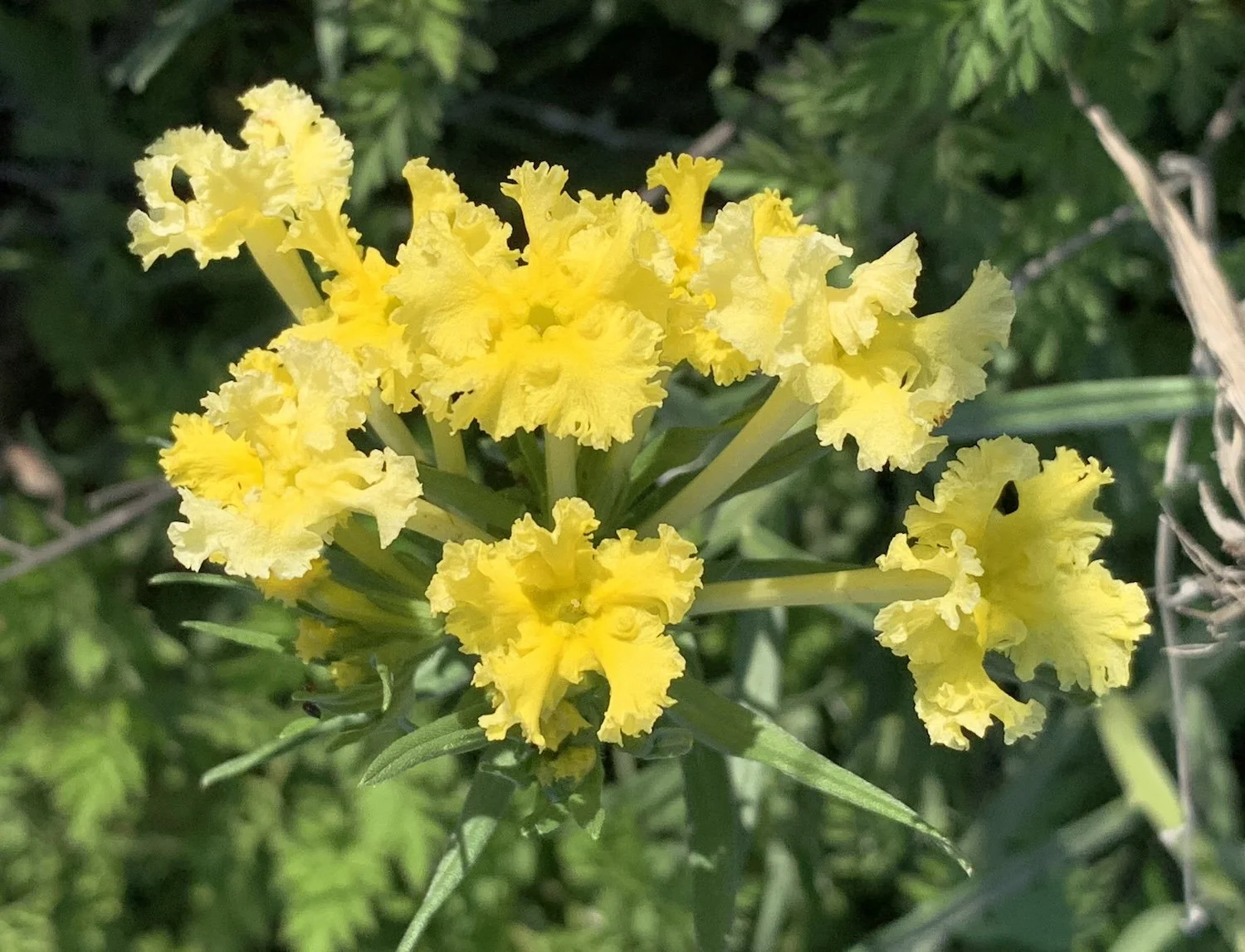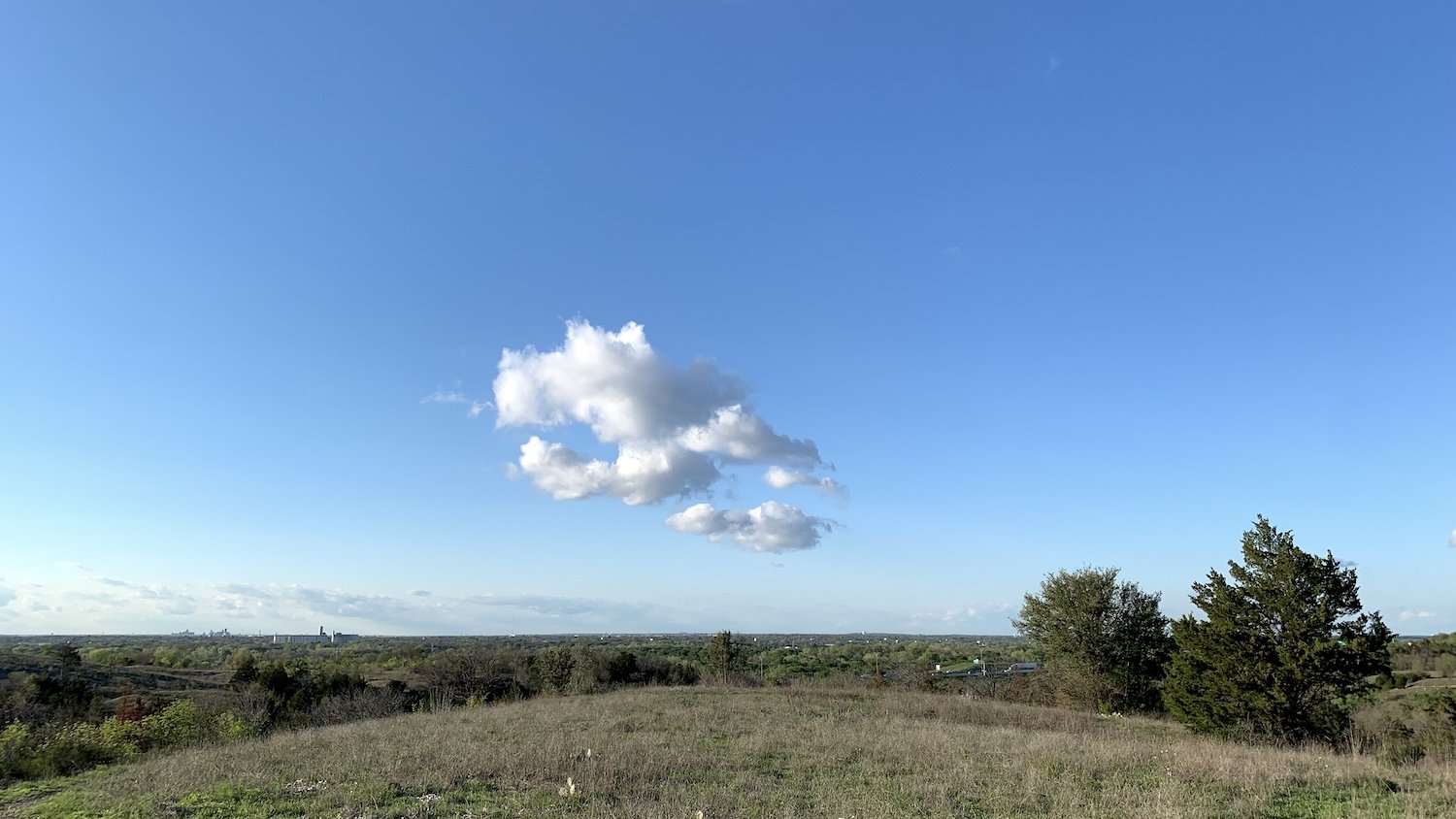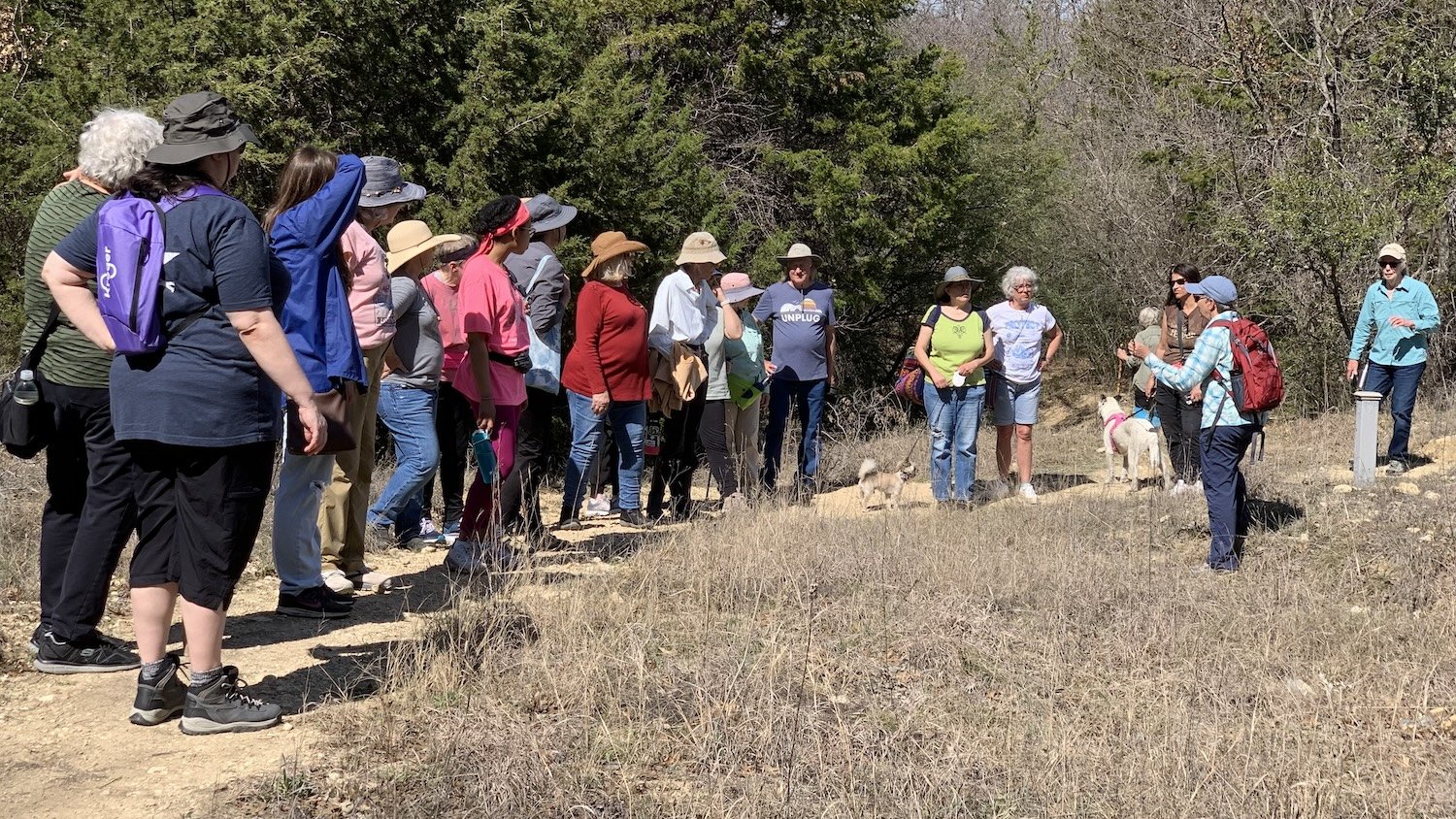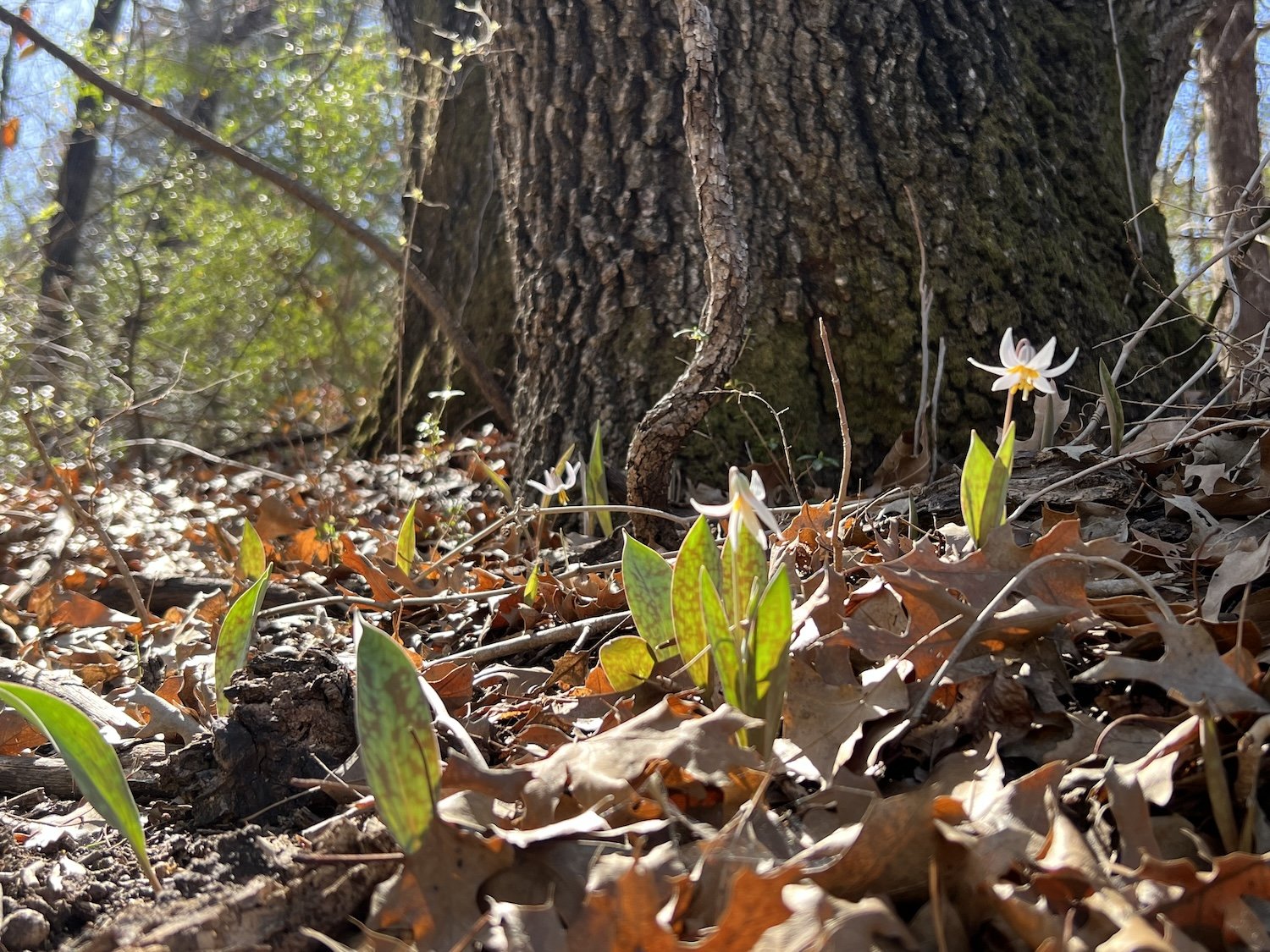Prairie Notes #208 - Rhapsody In Blues
Prairie Notes are monthly photo/journal observations from Tandy Hills Natural Area by Founder/Director, Don Young. They include field reports, flora and fauna sightings, and more, mixed with a scoop of dry humor and a bit of philosophy.
They are available free to all who get on the FOTHNA email list.
Rhapsody In Blues
Prairie Notes #208
April 1, 2024
1) Rhapsody In Blues
2) Prairie Artist of the Month - James Prosek
3) Field Report - March
4) New Species Report - March
5) Trout Lily Walk Report
6) Solar Eclipse At Tandy Hills
7) PrairieSky / StarParty Report
8) Bird Migration Alert
8) Prairie Proverb - Julia Butterfly Hill
1) Rhapsody in Blues
There is something special about the color blue. It has captivated humans for thousands of years. However, the word “blue” was the last of the colors to be named. Our prehistoric cousins in the ancient world, despite seeing blue skies and blue water, didn’t have a word for blue. The famous cave paintings in France did not employ blue because they didn’t have blue paint. The Greeks had no word. The only known exception was the Egyptians who gave it a name and were also the first to make a dye of the color. For them and later cultures, it was as valuable as gold.
According to scientists, blue pigments have long shaped our notions of virtue, authority, divinity and social class. Despite the, occassional use of the word as a feeling of sadness, melancolia or coldness, most uses are positive, comforting or uplifting. The ancient churches of Europe utilized blue stained glass to create a comforting ambience that facilitated sacredness and worship.
There are many examples of “blue” in modern cultures. You got your blue jeans, blue collar, blue states, blue chip stocks, blue bloods, Picasso’s Blue period paintings, Leonard Cohen’s Famous Blue Raincoat and, of course, Gershwin’s musical masterpiece inspired by blues music. If you are faithful to your loved one you are True Blue. The list goes on and on.
But our subject here is plants, specifically, wildflowers. The color blue is relatively rare among wildflowers or any other plants. That’s one reason it is so special. Of the roughly 550 species of plants at Tandy Hills, only about 10 are true blue and even those have variations in shade. According to, David Lee, author of "Nature’s Palette: The Science of Plant Color" and a retired professor in the Department of Biological Sciences at Florida International University in Miami, “There is no true blue pigment in plants.” To make blue flowers, or foliage, plants perform a sort of floral trickery with common plant pigments called anthocyanins. Plants take naturally occurring red anthocyanin pigments and modify them to create blue flowers. Combine that with reflected light and, Voila’, you get blue flowers.
My focus here is on the more common, native blues at Tandy Hills.:
Prairie Hyacinth
Fringed Bluestar
Blue Funnel-lily
Giant Blue Sage
Blue Meadow Flax
Prairie Celestial
Blue-eyed Grass
Texas Bluebonnet
Texas Bluebell
Some, like Wild Blue Larkspur, are mis-named. It is almost pure white. Same with Bluets. I almost did not include, Texas Bluebells, because they are mostly purple-colored, at least to my eyes. The fact is, blue and purple are cousins and depending on time of day and other factors, they may appear more purple. Another oddity: Some of the blue species can have striking, white variants, as you will see in the photos below.
All of these are early spring bloomers (except for fall-blooming, Giant Blue Sage) and blooming right now. You should visit and see for yourself. I will certainly be looking for them out there in that - wild blue yonder - known as Tandy Hills.
Click each photo to see it un-cropped.
DY
Atlantic Camas, aka, Prairie Hyacinth (Camassia scilloides)
Fringed Bluestar (Amsonia ciliata)
Funnel-Flower, aka, Blue Funnel-lily (Androstephium coeruleum)
Giant Blue Sage (Salvia azurea)
Blue Meadow Flax (Linum pratense)
Prairie Pleatleaf, aka, Prairie Celestial (Nemastylis geminiflora)
Sword-leaf Blue-eyed Grass (Sisyrinchium ensigerum)
Texas Bluebonnet (Lupinus texensis)
Texas Bluebell, aka, Showy Prairie Gentian (Eustoma russellianum)
2) Prairie Artist of the Month - James Prosek
Connecticut artist, author and naturalist, James Prosek, burst onto the local scene in September, 2023, with a major exhibition at the Carter Museum of American Art. Trespassers: James Prosek and the Texas Prairie has been so popular that the Carter has extended its run until May 12, 2024. I urge you to see it.
By chance, I met James on January 19th, 2024, when he was at Tandy Hills being photographed for an article, just published, in the Spring 2024 issue of Garden & Gun magazine. We exchanged books. He got Amy Martin’s DFW Wild. I got, Ocean Fishes, by James. He showed me a sketch of Side-oats Grama grass that he had just started. Since then, we have stayed in touch via email. He graciously agreed to being the, Prairie Artist of the Month, and sent me an image of a watercolor he created at Tandy Hills in 2022. (see below)
In the G&G article titled, James Prosek’s Canvas of Grass, he describes the “awakening” he experienced in the fall of 2020: An awakening to the beauty and importance of prairie grass and grasslands that has inspired his recent works. James poetically describes remnant grasslands, like Tandy Hills, as, “Vestiges of an ancient ecosystem.” And such a beautiful remnant it is.
If you are like me, you are looking forward to his new book titled, James Prosek Grasslands: Painting the American Prairie, that will be published by Rizzoli in September 2024. Need more? Check out this engaging interview with James on the Mountain & Prairie website, HERE.
3) Field Report - March
The Vernal Equinox has come and gone and left behind a bunch of new wildflower species. We’ve got more than just the blues. We also have yellows, pinks, fuchsias, whites, greens and a few shades of brown.
Click each photo for best viewing.
Salt Marsh Moth (Estigmene acrea)
Nothing but blue skies at Tandy Hills on March 22, 2024.
4) New Species Report - March
We didn't stop at the magical, 2000 species threshold set in late February. The March species count rose by six and ended up at 2008. Here are a few of the notable species found in March. You can check out the Tandy Hills iNat Project Page HERE.
5) Trout Lily Walk Report
About 30 folks turned out for the 2024 Trout Lily Walk w/ Suzanne Tuttle. We saw quite a few blooming TL's and a few other interesting plants. It was a perfect day. Thank you Suzanne! See you all next year.
6) Solar Eclipse @ Tandy Hills
Cody McCoy is a very good Friend of Tandy Hills. He and his team have been working for the past few months doing major restoration work here. As if he didn’t have enough on his plate, Cody is also putting on an eclipse watching event on April 8th at Tandy Hills. Although the family-friendly event is not sponsored by Friends of Tandy Hills, it is a benefit for Friends of Tandy Hills Natural Area.
The wildflowers will be coming on strong by then so it should be a fun outing that also aids our education and restoration initiatives. There will be numerous other activities, vendors, music and more. Solar viewing glasses will also be available on-site for $3 each.
Click the image and then check out details of the event on Cody’s Facebook Event Page, HERE.
Did you know that on July 29th, 1878, five astronomers from back east came to Fort Worth to view the total solar eclipse at a local farm? Fort Worth was at the dead center of the solar path. The city had only been incorporated for a few years and was still pretty rough. The astronomers were led by Prof. R.W. Wilson of Harvard University. A local banker and a few other locals were also present. In 1879, a complete report was published.
You can read the whole, and, very interesting story in detail, HERE:
7) Prairie Sky / Star Party report
The Fort Worth Astronomical Society (FWAS) will be back on, Saturday, April 13th, 2024. Read the sky-watching commentary from FWAS rep, John McCrea, below. View the full 2024 PrairieSky / StarParty schedule HERE.
“For our April star party, we will have our familiar spring constellations. The most popular can be seen in the night sky from about late March to late June. Although there are about fifteen springtime constellations visible in the Northern Hemisphere, seven prominent constellations stand out and are generally associated with springtime. These include Ursa Major, Boötes, Cancer, Leo, Coma Berenices, Virgo, and Hydra.
It's time to say farewell to our old friend the Pleiades*, It will still be visible early in the month. as well as Orion, Canis Major and Minor, but remember these stars set 4 minutes earlier each day and the sun sets later, so they will be gone very soon. M44 in Cancer the crab will be readily visible on the ecliptic.
On April 13th, the night of the monthly star party, the sun will set around 7:58 PM and the moon will be a 5.7-day old waxing crescent in the Constellation Gemini. The only planet visible will be Jupiter, low in the western sky.
*The Pleiades were very important in the lives of the ancient people of Teotihuacan (30 BCE - 750 CE), in Mexico, and the Incas in Peru. The east/west line in the ceremonial city of Teotihuacan is thought to have been based on the rising and setting points of the Pleiades. The nighttime appearance was an indicator that winter would be soon. In the temple/city of Machu Picchu (1300’s CE – 1600 CE), in Peru, they had a special window for viewing it’s setting in early May, which heralded the onset of winter a few short weeks away. In both locations the time to plant and harvest crops were of existential importance.
“Echoes of the Ancient Skies” by Dr. E. C. Krupp”
8) Bird Migration Alert
The sign says it all.
9) Prairie Proverb
> Note: In 2024, all Prairie Proverbs will be from women who inspire me.
“What I learned in Luna is that, if we get to that place where we understand that God – or the Creation Source — is in all things and in all of us, we can see that we too are nature, that nature is in all of us. I learned in Luna that nature is not separate from us – we are nature just as surely as the earth is. I learned in the tree that nature is not ours to possess, rather that nature is ours to protect.”
Become a member here: https://www.tandyhills.org/donate
Prairie Notes© is the official newsletter of Friends of Tandy Hills Natural Area, a 501 (c)(3) non-profit organization. All content by Don Young except where otherwise noted.



